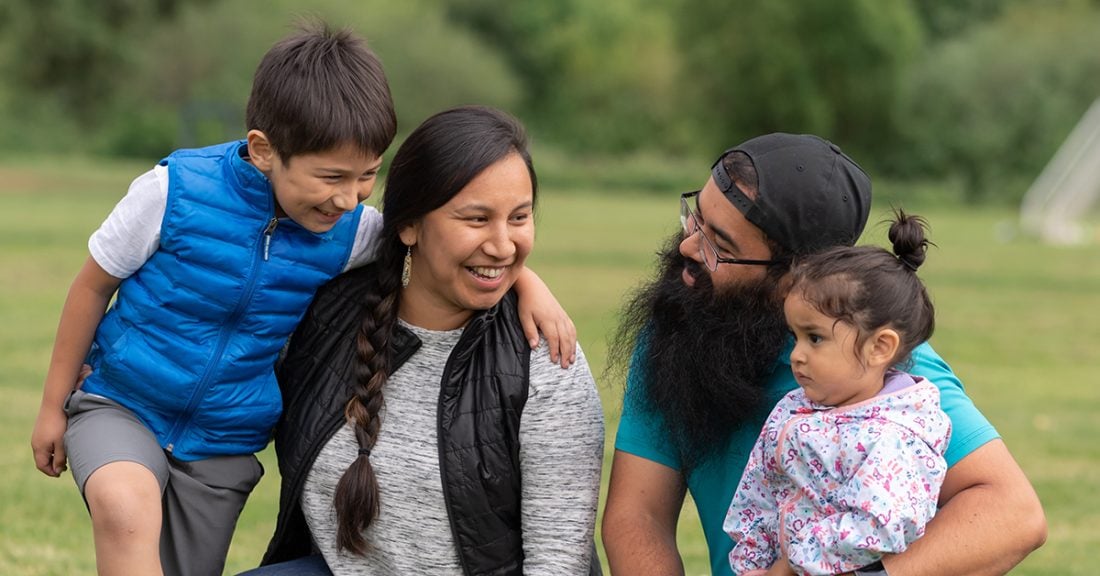American Indian Children Left Behind in Extreme Poverty

Extreme poverty continues to hamstring nearly one in five American Indian children in the United States.
Seventeen percent of American Indian children lived in families who made less than 50% of the poverty level — $12,429 for a family of two adults and two children, according to the latest numbers from the American Community Survey in 2017.
The share of American Indian children living in extreme poverty was also 17% in 2015 and 2016 but only 15% as recently as 2008. At the same time, extreme poverty for African-American and Latino children fell each year from 2015 through 2017, after spiking for all children following the Great Recession.
While the percentages of American Indian, African-American and Latino children in extreme poverty were in double digits, the percentages for Asian and Pacific Islander and non-Hispanic white children remained at 5% for both in 2017.
Children who live in poverty are less likely to have access to treatment for mental health illnesses or behavioral problems and less likely to graduate high school than their higher-income peers.
View the data on children in extreme poverty by race and ethnicity






